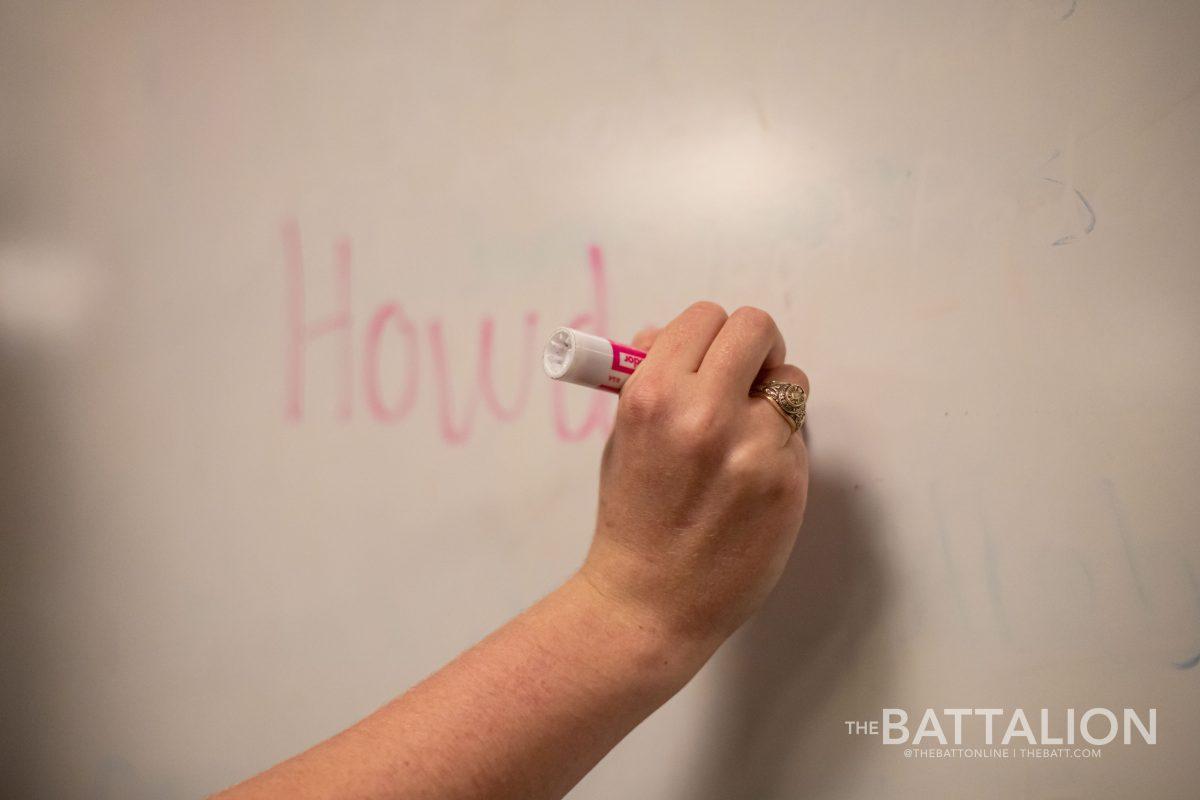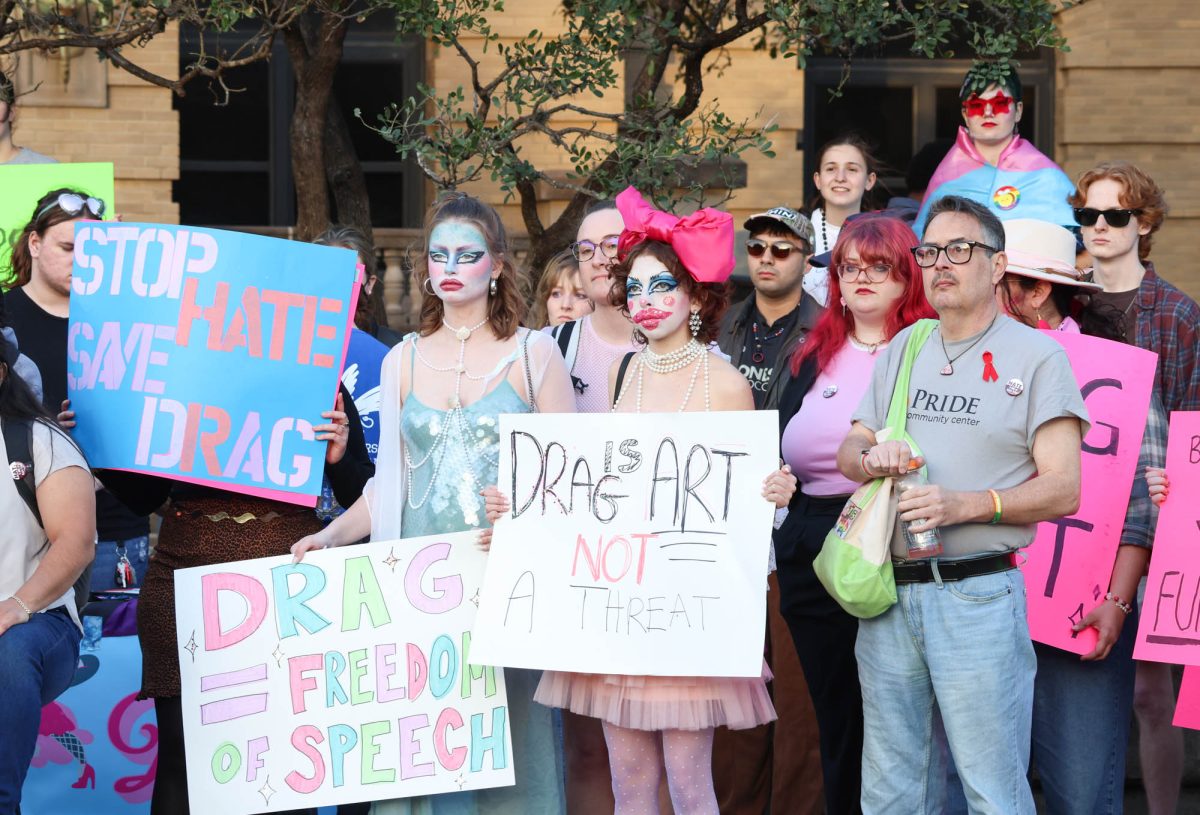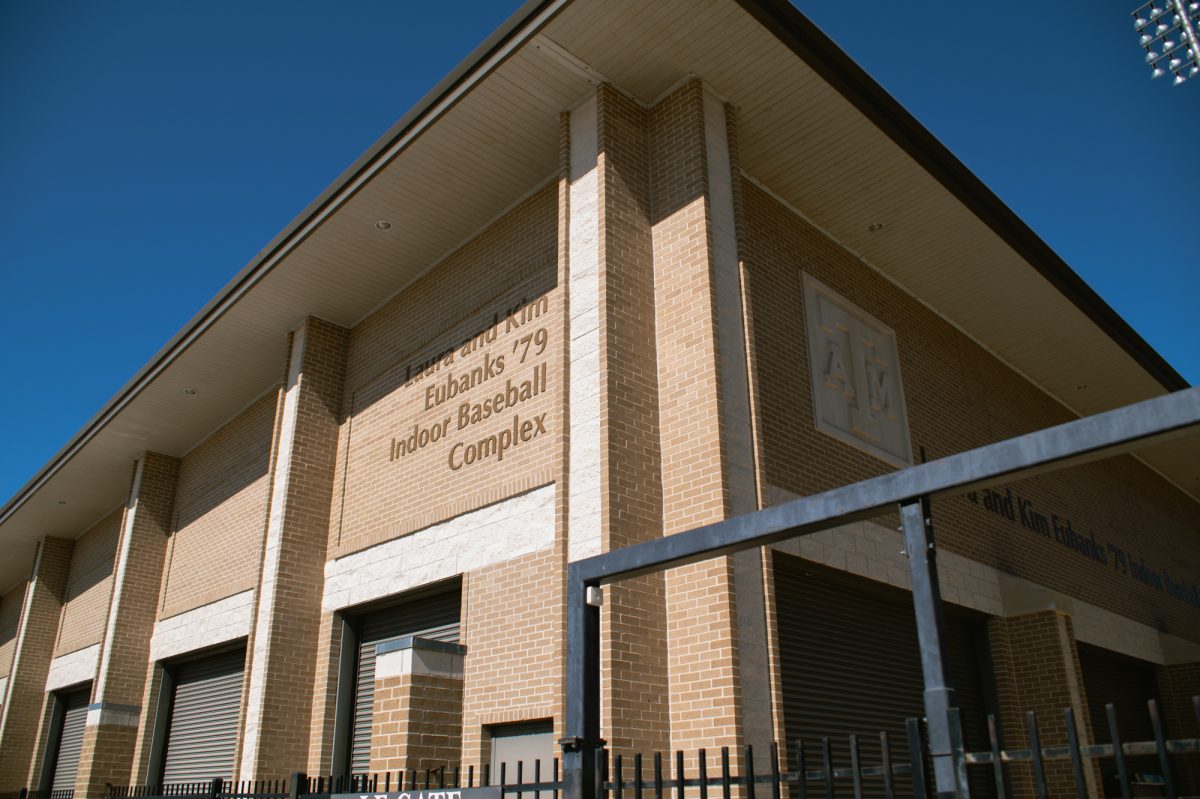Texas public schools are struggling to operate efficiently due to the increasing pressures of the COVID-19 omicron variant.
The rise in COVID-19 cases have caused a higher demand for substitute teachers. These substitutes are required to fulfill five class days while a teacher is quarantining. Teachers aren’t able to provide new material, delaying the amount and quality of information students receive. These adverse effects are accredited to inconsistent requirements by the state, and subsequently many schools have been faced with the difficult decision to briefly close.
Ovida Molina, president of the State of Texas Teachers Association, said schools are struggling with the rise of COVID-19 cases, forcing them to weigh their options.
“A lot of school employees are not coming back from the winter break. We have [substitutes], but the reality is that we don’t have that many subs available in the state of Texas, especially in certain areas,” Molina said. “When that happens, we have classrooms that are sort of separated and put into other classrooms, which creates an atmosphere of more people in a room during a pandemic when people are already getting sick.”
Principal of James M. Steele Early College High School Todd Rogers said there are strict requirements around the process for navigating positive COVID-19 cases in Northwest Independent School District, or Northwest ISD.
“Currently, if a teacher tests positive, then they’re quarantined for five days. Once they have no symptoms, they can return to work,” Rogers said. “At our school, our nurse has rapid testing, so anyone can do that at our campus, and at the [Northwest ISD] Stadium, our district has a drive through where there are PCR tests. If anyone is currently having symptoms, they quarantine during that time, too.”
Although there are ample opportunities to get tested and continue safe practices, Rogers said the district struggles to supply enough guest educators to replace quarantining teachers.
“Northwest ISD has had trouble finding these ‘guest educators.’ Our district closed school on [a] Friday, and then the following Tuesday. The reason we did that was because the number of people we had that were absent, the number of classes that weren’t going to be covered were numerous,” Rogers said. “Coming back from that break, many more teachers were able to return to the classroom and we were able to find guest educators to cover the rest of the classes.”
Working as a substitute teacher in the College Station area, industrial distribution junior Tommy Suarez said the amount of fill-in teachers displays the inherent difficulties introduced by the increase in quarantining staff.
“I’ve subbed for an elementary school, middle school and high school,” Suarez said. “Subbing for elementary schools seemed more like a daycare, because whenever their teacher wasn’t there it was harder to keep them focused.”
Since Suarez is mostly substituting for quarantining teachers, he said teachers struggle providing material for their students during that time.
“Whenever they do lesson plans, thay have a good solid two days where the students can stay productive and engaged,” Suarez said. “But during days four and five, they’re just doing old material or busy work. Teachers seem to struggle to find something for the kids to do because they aren’t there to introduce new material.”
During the last two days of his week with a class, Suarez explains the struggle to get students to complete their assignments and said it may begin to affect their ability to learn.
“They’re not learning anything by day four,” Suarez said. “At that point, I’m making sure that the students stay quiet. Most of the time, when I hand out material, half will get on their phones, and the other half will try to do the work.”
Rogers echoed the concerns for students and their ability to learn and to rebound from the past two years.
“With everything that we’ve had over the last two years, there’s definitely some concerns in education of taking care of our students,” Rogers said. “There has been a lack of consistency, but that is something we are working on daily, and you can see that through test scores throughout the state.”
Molina said inconsistent and inadequate actions by the state are introducing further difficulties.
“We, as educators, definitely feel as though we are not being heard by our state,” Molina said. “During the legislature, nothing was really talked about [with regard to] the safety of our students and our educators. There were no things in place to help us navigate through this pandemic.”










